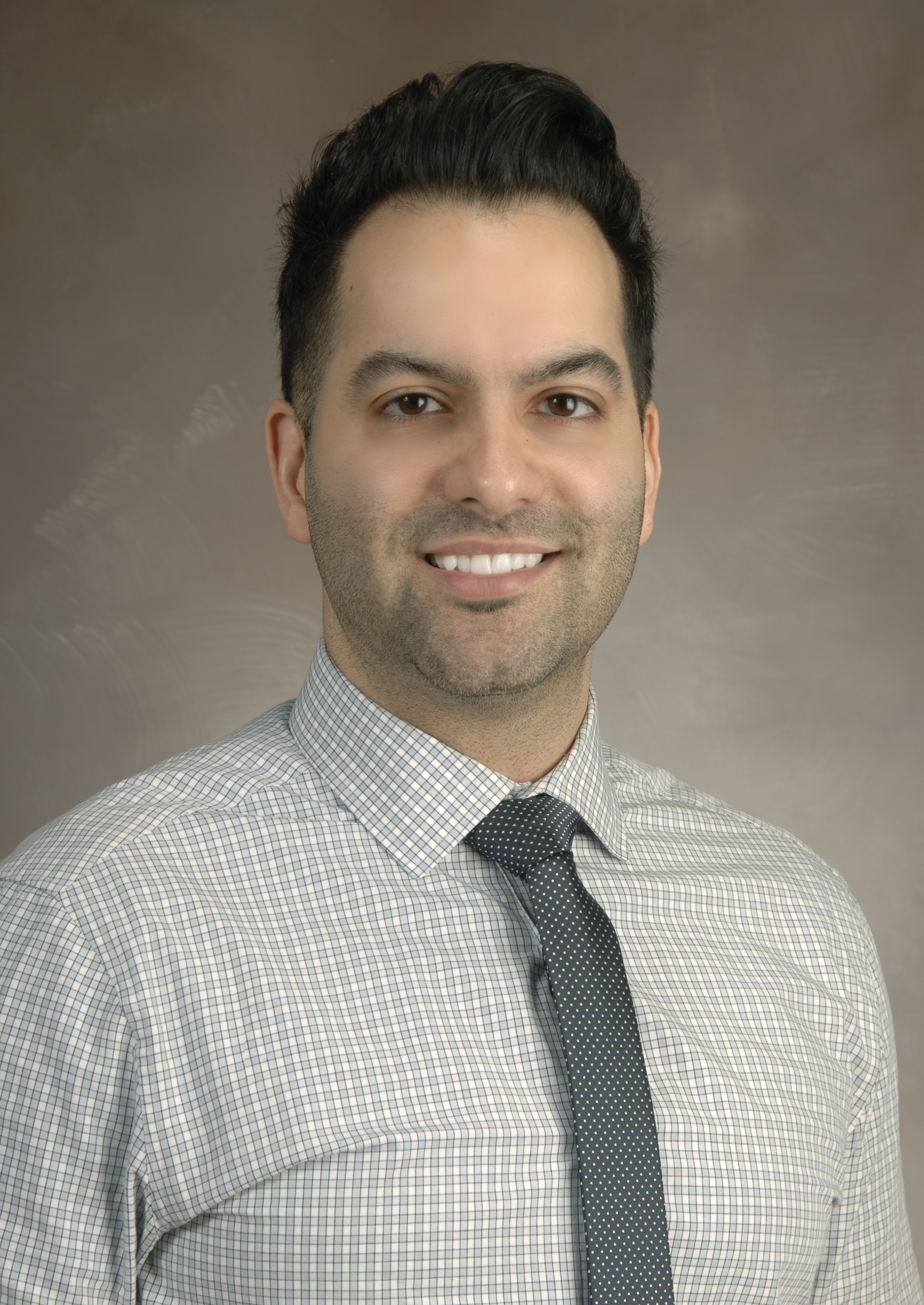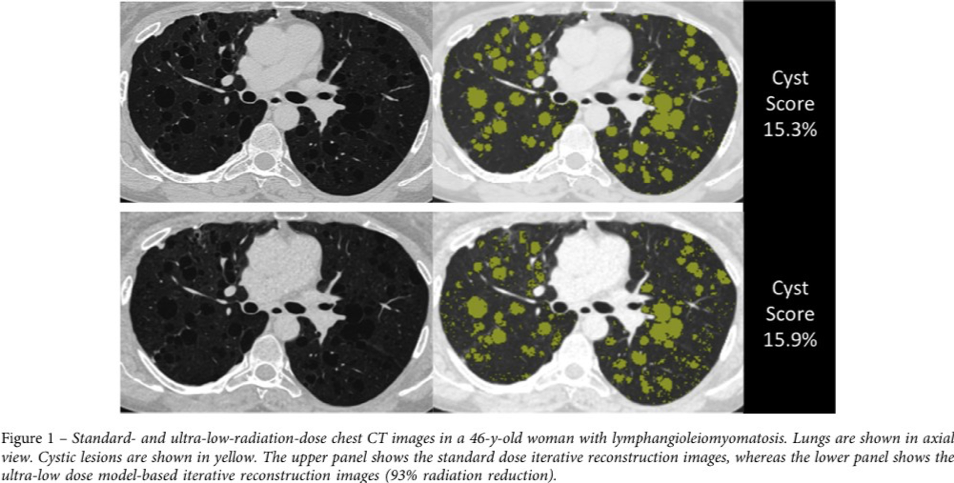Hot in Journal CHEST® March 2019
By: Dr. Kamran Boka (@boka_md)
March 5, 2019
 Each month, we ask our Social Media Co-Editors of CHEST to weigh in on the hot topics in CHEST. It's March, so let's hear from Dr. Boka as he outlines his highlights. After reviewing the issue, be sure to share your hot list on our Facebook wall, tweet with the hashtag #journalCHEST, or discuss in the CHEST LinkedIn group.
Each month, we ask our Social Media Co-Editors of CHEST to weigh in on the hot topics in CHEST. It's March, so let's hear from Dr. Boka as he outlines his highlights. After reviewing the issue, be sure to share your hot list on our Facebook wall, tweet with the hashtag #journalCHEST, or discuss in the CHEST LinkedIn group.
Chest CT Scan That Diagnoses at a Chest X-Ray’s Radiation Dose!

As a pulmonologist, I am always concerned about the amount of radiation to which I subject my patients when I order interval chest CT diagnostic scans—whether it is to follow a trend on an incidental solitary pulmonary nodule or to follow up on a sub-solid ground glass lesion that just doesn’t seem to resolve. Stalking stubborn nodules over months in the hope of intercepting a vexing volumetric doubling time can be exhausting for patients and physicians when considering the radiation risks involved.
One could say that I breathe better with the newer 2017 recommendation from the Fleischner Society for increasing the minimum threshold size for routine follow-up (in select patients). However, my question remains…how much radiation are our patients receiving?
I reflect on this question again when reviewing this month’s article on chest CT dosing in lymphangioleiomyomatosis (LAM). A study in the March 2019 issue of CHEST® explores an interesting idea using a proof of principle.
This original study is essentially asking the following:
- Could an ultra-low-dose CT scan of the chest (essentially delivering the radiation dose of a posteroanterior and lateral chest radiograph series) as compared with a standard dose chest CT scan be used to accurately identify the extent of pulmonary cystic disease burden in patients with lymphangioleiomyomatosis (LAM)?
This clinical question grabbed me immediately and the abstract’s results and conclusion, well, struck me with optimism! It appears that Hu-Wang and investigators discovered similar cyst score quantification (a tool used to correlate LAM disease severity) between ultra-low-dose CT chest scanning using a method called model-based iterative reconstruction (MBIR) and standard dose chest CT scanning.
MBIR is a reconstruction tool already in use to enable radiation dose reduction in diagnostic imaging; it improves image quality and excels at superior noise reduction. (It’s why your institution may have your electronic medical record order for lung cancer screening labeled as “low dose CT without contrast.”)
So, why my optimism? Well, why not? Imagine the reduced radiation risks of future medical imaging if ultra-low-dose CT scanning becomes more common in usage, not just in pulmonary medicine with the interval incidentaloma follow-ups, but beyond!
Awakening the Pulmonary Training Curricula: Building the Sleep Medicine Proficient Pulmonologist
Considering that pulmonary specialists in the United States evaluate, diagnose, treat, and manage an increasing amount of sleep disorders, it is probably the best thing that at least 10% of a pulmonologist’s board certification exam is sleep medicine. The days of a pulmonologist getting sleep-boarded without sleep fellowship training are long over.
In fact, the development of sleep medicine as a separate American Board of Internal Medicine (ABIM) specialty is over a decade old now, yet there still continues to be over 20% unfilled sleep medicine fellowship slots.
(Of course, the rise in sleep-disordered breathing among the general population does not help this matter.)
To solve this gap crisis, a multidisciplinary joint task force came together to build a 52-point curricular competency list of sleep medicine education for recommended inclusion in pulmonary training programs. The design of this is to increase sleep medicine proficiency in the budding pulmonologist.
It will be interesting to see how pulmonary fellowship program directors nationally react to this competency list and what iteration/evolution results in the pulmonary and sleep medicine training paradigm.
Tweet at the original author Dr. Schulman @davidschulman!
A New Breed of ARDS? Reviewing Old Data for Hope
One of the most challenging conditions to treat in the ICU is without a doubt, acute respiratory distress syndrome (ARDS). Ever since David G. Ashbaugh, MD, coined the term “acute respiratory distress” in 1967, ARDS as we know it in usual care practice models has been subject to near-protocolized care including early recognition, paralysis, proning, higher PEEP delivery combined with permissive hypercapnia, and carefully calibrated driving pressures to reduce barotrauma and overall badness. Prolonged mechanical ventilation plus or minus tracheostomy or VV-ECMO/ECCO2R is a reality for many of these patients. Mortality continues to be high, and the unfortunate fall-out in ICU (and ARDS) survivors is just now being better understood.
But thumbing through the article, Rapidly Improving ARDS in Therapeutic Randomized Controlled Trials, identifies a startling and amazingly new subphenotype of this devastating condition known as “rapidly improving ARDS.”
That’s right…ARDS that “rapidly IMPROVES.”
Interesting background data show that nearly “one-sixth of patients meeting criteria of the Berlin definition no longer fulfill these criteria after 24 h.” You can review the Berlin definition of ARDS here.
The definition of this ARDS subtype is mostly defined by early extubation or a Pao2: Fio2 of >300 mm Hg after 24 h.
Investigators reviewed secondary analysis of data from >4,000 patients from the original ARDSNet trials (ARMA, ALVEOLI, FACTT, ALTA, EDEN, SAILS, and OMEGA). All of the reviewed patients were intubated, received positive-pressure, had a Pao: Fio2 <= 300 mm Hg, did not have left atrial hypertension, and had bilateral pulmonary (noncardiogenic) infiltrates on chest x-ray.
Investigators reviewed data after 24 h and at 48 h to see who was extubated and who remained on what they called “unassisted breathing." They found that rapidly improving ARDS is actually increasingly prevalent in their albeit severely limited review. Very hopeful, but concerning for future ARDS research on a few levels. Makes me wonder if the definition of ARDS is to continue to iterate at a faster rate than we thought.
Be sure to check out this fascinating piece and its ever more interesting conclusion and what it might mean for future therapeutic trials of acute respiratory distress syndrome.